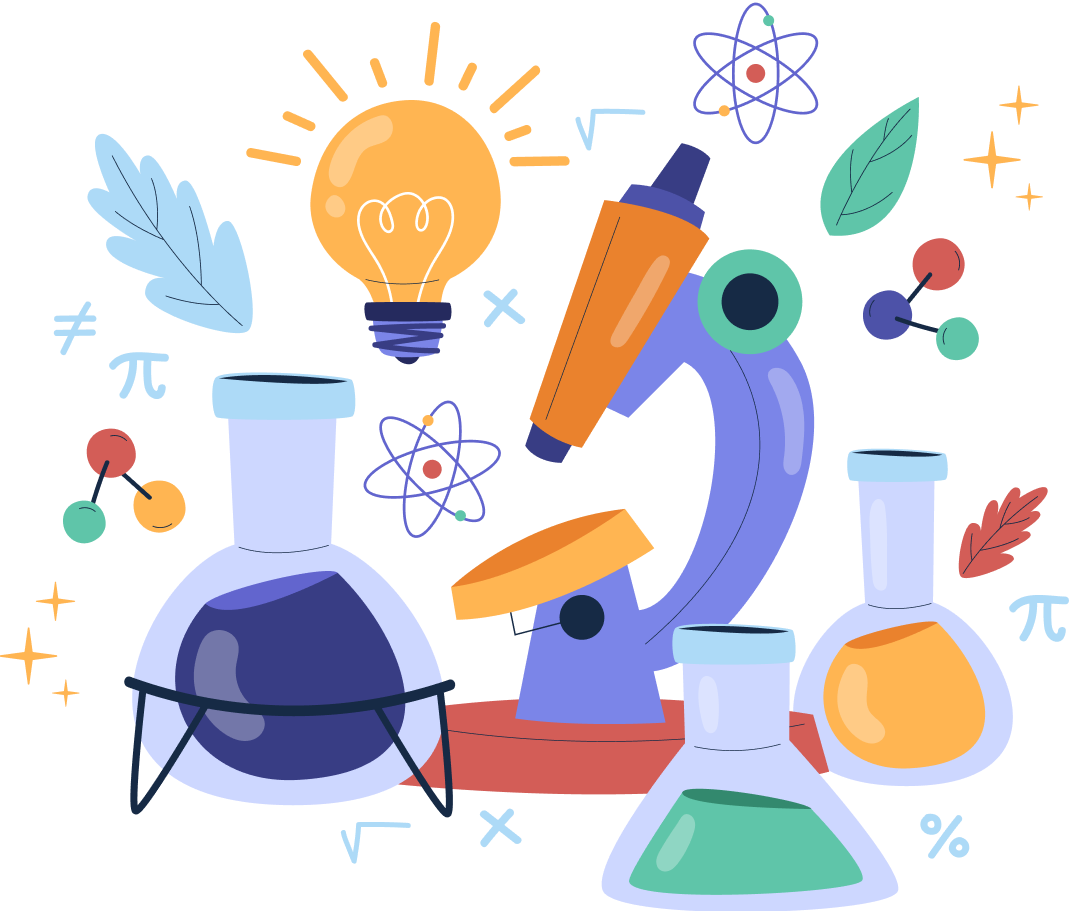Friction – Complete Guide For Class 8 Science Chapter 9
Welcome to iPrep, your Learning Super App! Our learning resources for the chapter, Friction Class 8th chapter 9 are designed to ensure that you grasp this concept with clarity and perfection. Whether you’re studying for an upcoming exam or strengthening your concepts, our engaging animated videos, practice questions and notes offer you the best of integrated learning with interesting explanations and examples.
The chapter on Friction in Class 8 Science introduces students to the fact that friction is a fundamental concept in physics, playing a crucial role in our everyday activities. It is the force that opposes motion, acting in the opposite direction to the applied force. This blog post explores the various aspects of friction, from its causes and types to its practical applications and methods of manipulation.

What is Friction?
Friction is a force that acts between two surfaces in contact, opposing the relative motion or tendency of such motion. For instance, when a cycle slows down after applying brakes, it is due to the friction between the brake pads and the wheel. Similarly, we experience slipping when stepping on a banana peel or walking on a smooth surface because of reduced friction.

Cause of Friction
Friction occurs due to the irregularities present on surfaces. Even smooth surfaces have microscopic irregularities that interlock when they come into contact, causing friction.
Types of Friction
Friction can be categorized based on the state of motion:
- Static Friction: This acts on an object when it is not moving. It is generally higher than sliding friction because more force is needed to overcome the initial interlocking of surface irregularities.
- Sliding Friction: Once an object is in motion, sliding friction comes into play. It is slightly less than static friction since the contact points have less time to interlock.
- Rolling Friction: This occurs when an object rolls over another surface. Rolling friction is much smaller than sliding friction, making it easier to move objects using wheels or rollers.
- Fluid Friction (Drag): This friction is exerted by fluids (liquids and gases) on objects moving through them. Fluid friction depends on the object’s speed, shape, and the fluid’s nature.
Activities on Friction
An activity to demonstrate friction involves tying a string around a brick and pulling it with a spring balance. When a piece of polythene is wrapped around the brick, the spring balance reading decreases, showing less friction.
Friction: A Necessary Evil
Friction is often referred to as a “necessary evil.” It is essential for many daily tasks like holding a glass, walking on a road, or writing with a pen or pencil. Without friction, a moving body would never stop. However, friction also has disadvantages, such as producing heat and causing wear and tear.
Uses of Friction
- Stopping Motion: Friction is necessary to bring moving bodies to a stop.
- Producing Heat: Rubbing hands together generates warmth due to friction, and striking a match ignites it by creating heat.

- Providing Grip: Grooved shoe soles and treaded car tires offer better grip on surfaces.


Increasing Friction
- Brakes: Used in vehicles to increase friction and stop motion.
- Athletics: Kabaddi players rub soil on their hands, and gymnasts use coarse substances to enhance grip.
- Force: Increasing force between surfaces, like when a person sits on a mat, increases friction.
Reducing Friction
- Lubricants: Substances like oil and grease reduce friction by making surfaces smoother, and preventing interlocking.
- Rollers and Ball Bearings: Suitcases with rollers and ball bearings in machines help reduce friction, making it easier to move objects.

Reducing Fluid Friction
Vehicles, airplanes, and birds have streamlined shapes to reduce fluid friction or drag, allowing smoother and faster movement through air and water.

This comprehensive guide on the concepts of friction explores the fundamental role that friction plays in our daily lives and its impact on various fields. Friction is the force that opposes motion between two surfaces in contact, and it can either hinder or facilitate movement. Understanding friction is essential for engineering, technology, and everyday activities, as it allows us to manipulate it for desired outcomes. For example, friction is necessary for walking, driving, and writing, where increased friction provides better grip and control. On the other hand, reducing friction is crucial in machinery and transportation to minimize energy loss and wear. Engineers and designers employ techniques such as lubrication and the use of ball bearings to decrease friction and enhance the efficiency of machines and vehicles. The balance between maximizing the benefits of friction and minimizing its drawbacks is key to optimizing performance in various contexts.
Practice questions on Chapter 9 - Friction
Get your free Chapter 9 - Friction practice quiz of 20+ questions & detailed solutions
Practice Now








